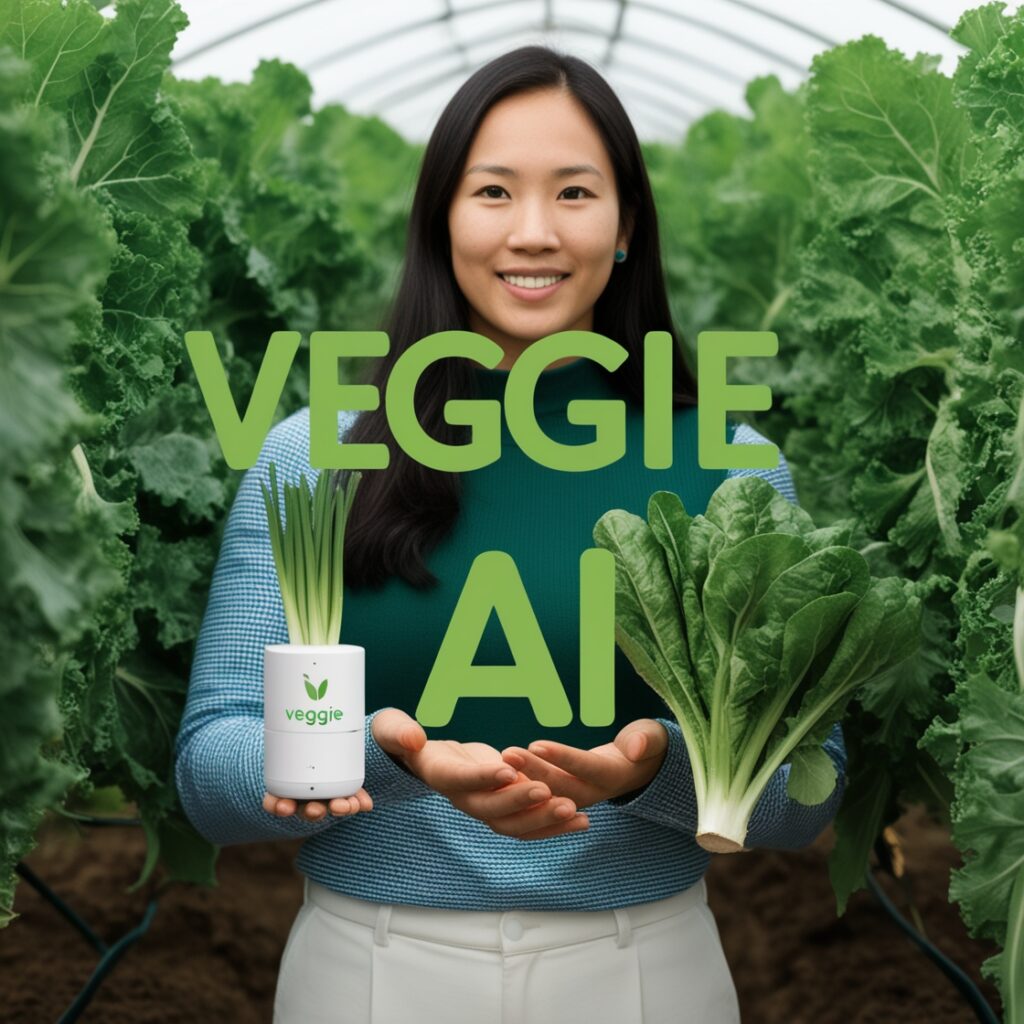Table of Contents

Introduction to Veggie AI
Welcome to the future of farming, where “Veggie AI” isn’t just a buzzword but a beacon of innovation in agriculture. Here, we delve into how artificial intelligence is not only revolutionizing how we grow our vegetables but also ensuring they’re healthier, more abundant, and sustainably produced.
The Growth of Veggie AI in Agriculture
The AI in agriculture market, with Veggie AI at its forefront, is booming. Expected to grow from USD 1.7 billion in 2023 to USD 4.7 billion by 2028, this surge reflects the global push towards smarter, more efficient farming methods. Why? Because with a planet set to house nearly 10 billion people by 2050, efficiency isn’t just nice to have; it’s a necessity.
Applications of Veggie AI
- Precision Farming: Veggie AI helps farmers tailor their farming practices to the exact needs of their crops, optimizing resource use.
- Disease and Pest Detection: Using image recognition, Veggie AI can spot the early signs of disease or pest infestations, allowing for swift action.
- Smart Irrigation: AI-driven systems analyze weather data and soil moisture to water crops precisely when needed.
- Yield Prediction: Machine learning models predict crop yields, aiding in planning and reducing waste.
Case Studies: Veggie AI in Action
From small organic farms using AI to detect the perfect harvest time for tomatoes to large-scale operations employing drones for crop monitoring, the stories of Veggie AI’s success are as varied as they are inspiring.

Technological Innovations in Veggie AI
Innovations like integrating nanotechnology for nutrient delivery and using machine learning for plant breeding are pushing the boundaries of what’s possible in agriculture.
Environmental Impact and Sustainability
Veggie AI stands as a guardian of the environment by reducing the need for chemicals through targeted interventions, thereby promoting eco-friendly farming practices.
Challenges and Considerations
While the promise of Veggie AI is immense, the path isn’t without hurdles. The high initial costs and the digital divide pose significant challenges, especially for small-scale farmers in developing regions.
Future Prospects of Veggie AI
The horizon for Veggie AI looks promising with potential integrations with IoT, further advancements in robotics, and even AI-driven genetic editing for crops.
Conclusion: The Veggie AI Revolution
Veggie AI isn’t just changing the game; it’s creating a whole new playing field. For those ready to embrace this technology, the future of farming looks not just greener but smarter.
For further reading, visit these websites:
- V7 Labs – For insights into AI applications in agriculture, particularly computer vision.
- Intellias – To understand market growth and real-life applications of AI in agriculture.
- Nature.com – For research on nanotechnology and AI in sustainable agriculture.
- Harvard’s HIR – For a broader perspective on AI’s environmental implications in farming.
Remember, while Veggie AI might sound like something out of a sci-fi novel, it’s very much the here and now, transforming every leaf and root with the touch of technology.


